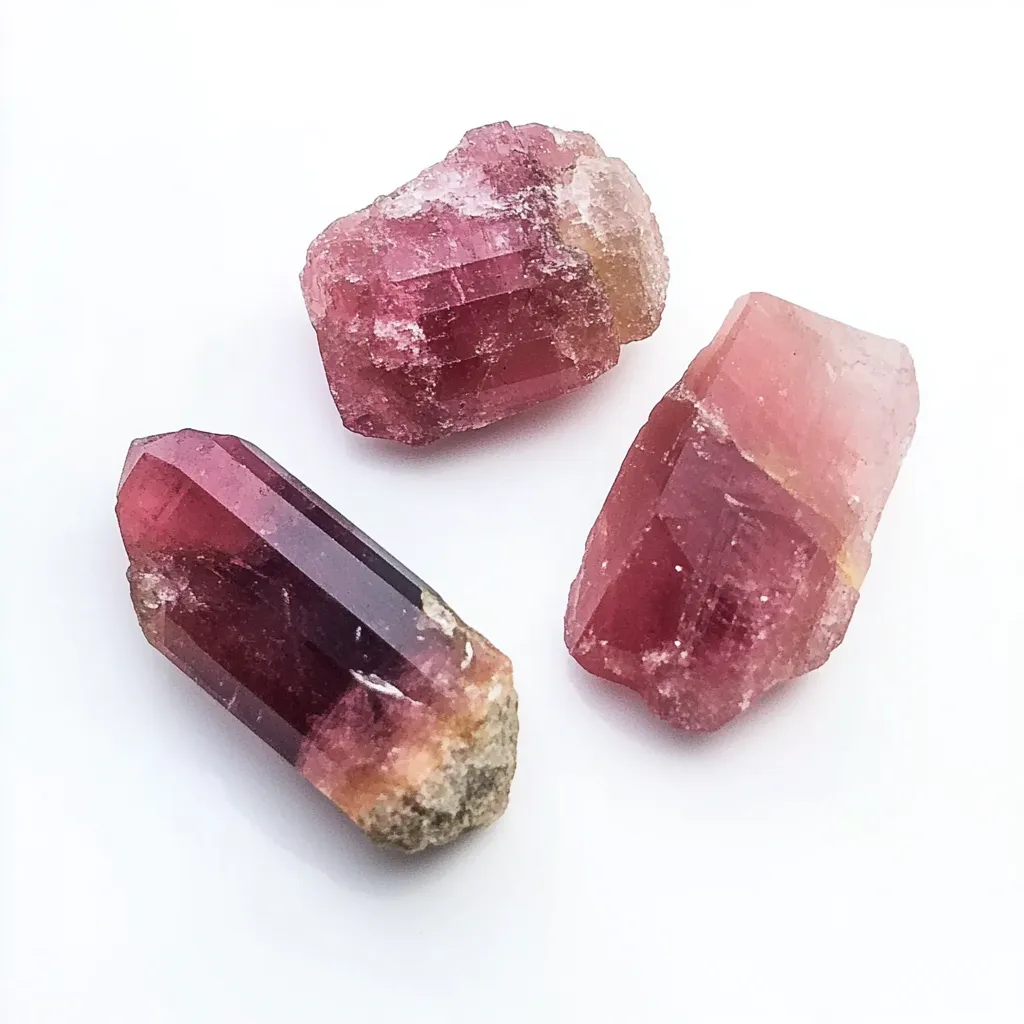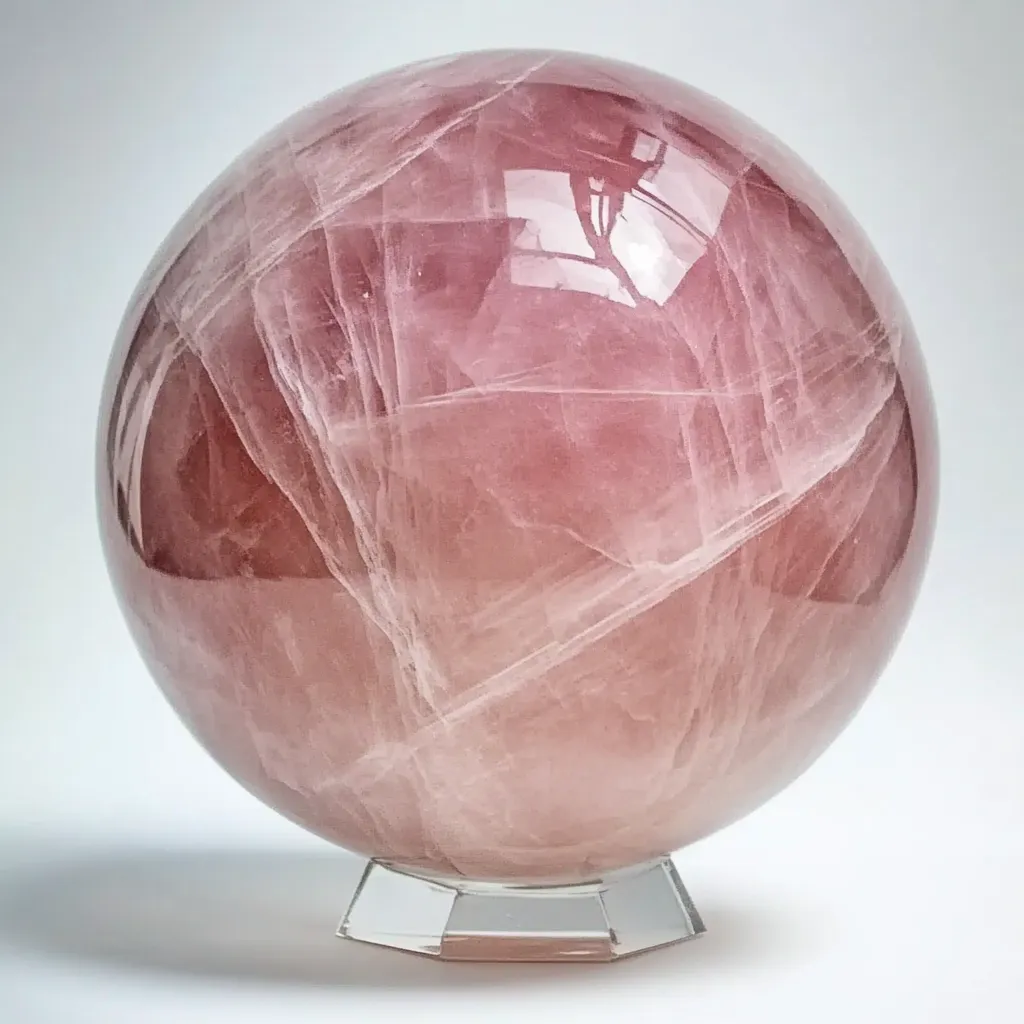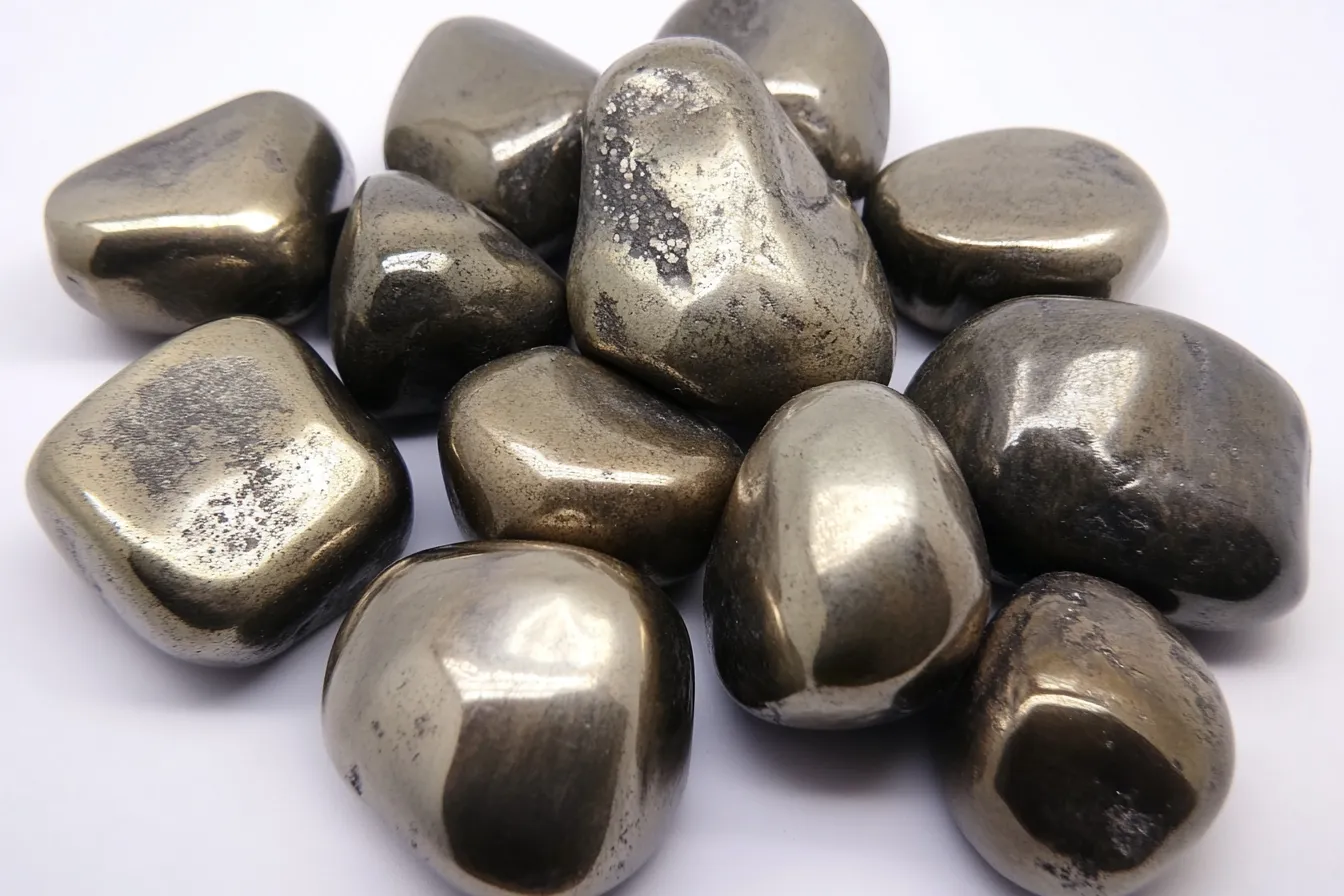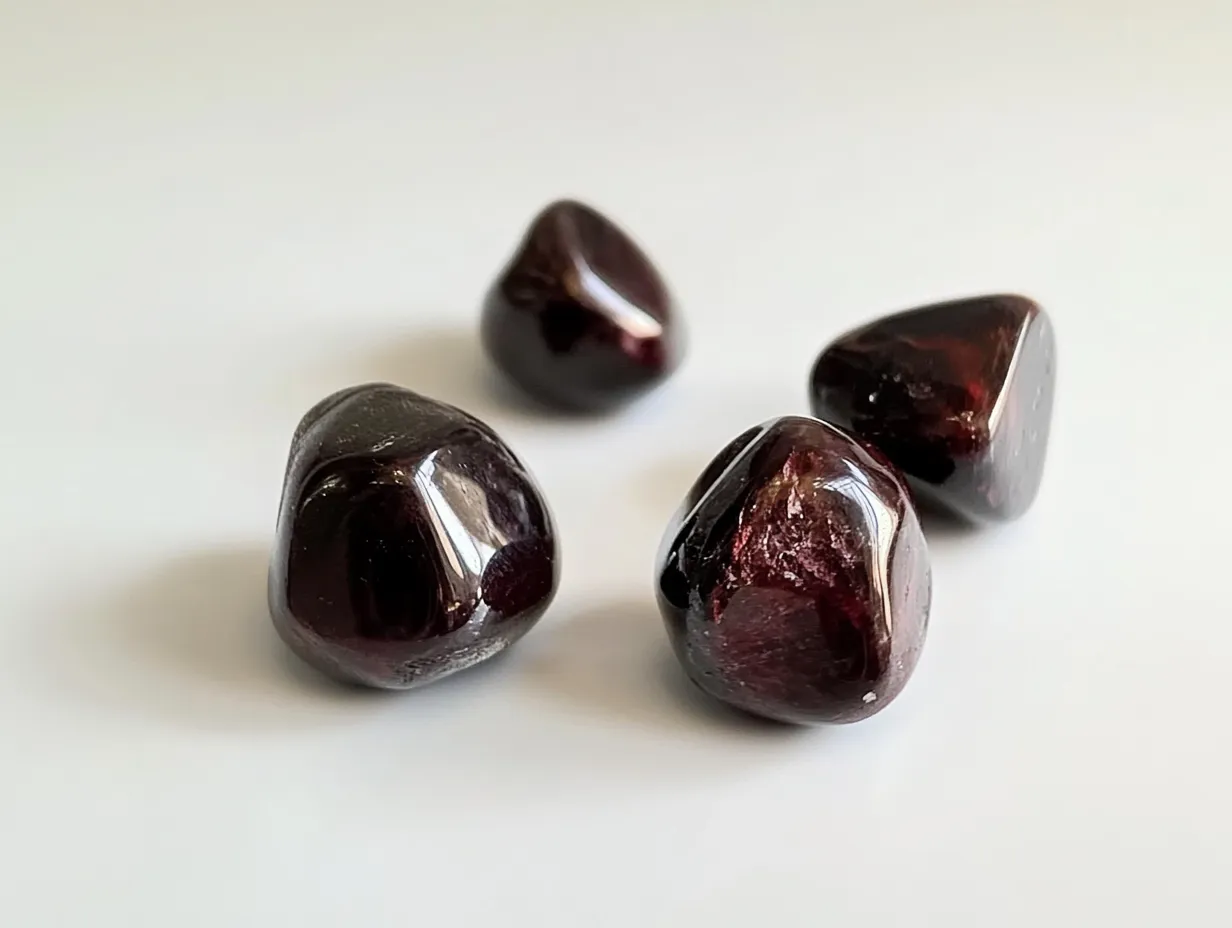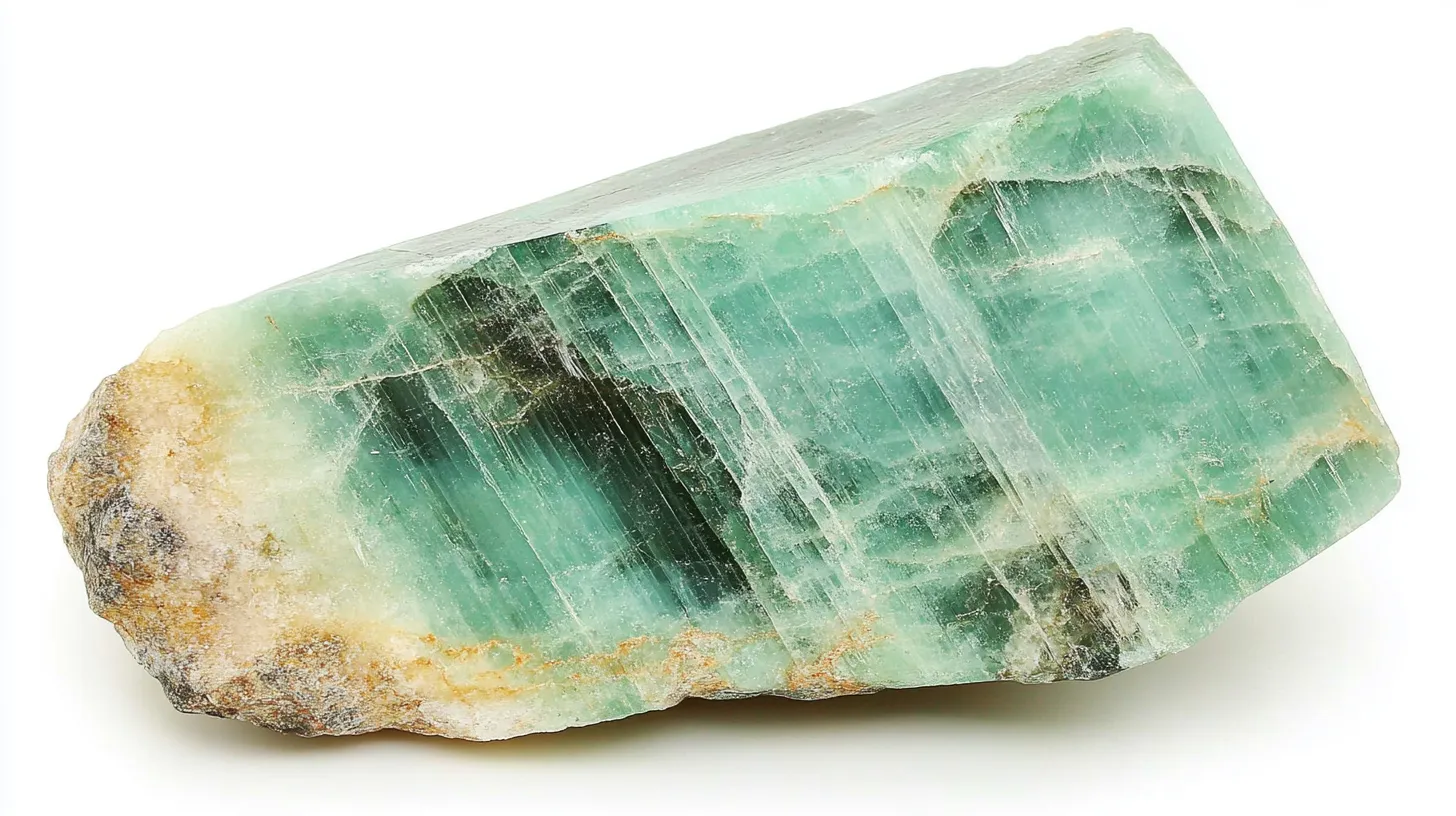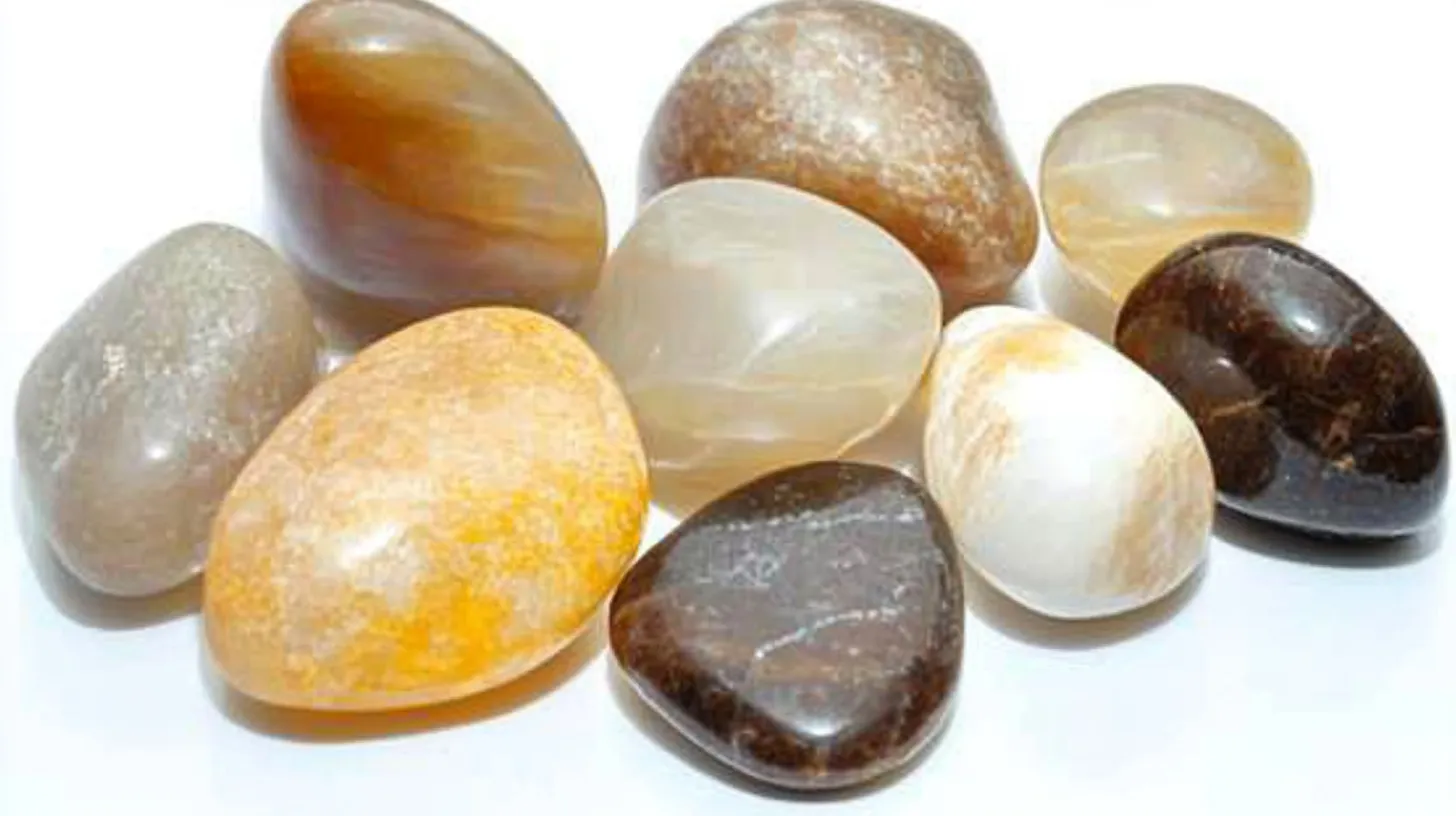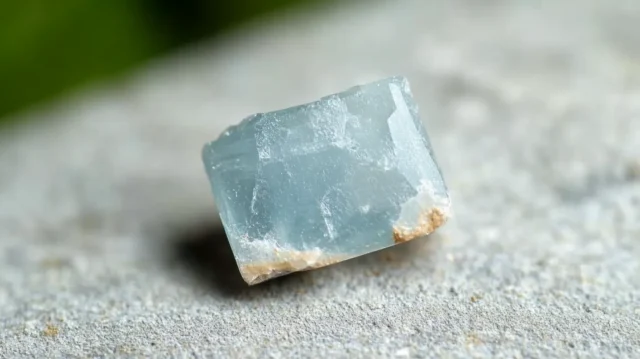

Scientific Information
Aquamarine, which belongs to the beryl mineral family, comes in a calming blue-to- blue-green hue that is traced to iron. It has a chemical composition of Be₃Al₂Si₆O₁₈ and shares its lineage with emerald. But where the latter is known for its clarity and cooler tone, aquamarine is prized for its tonal range and appears in the spectrum from blue to blue-green. Most gemstone-quality aquamarines are heat-treated to enhance their pure blue shade; as noted, natural stones may display a more greenish tint.
The Mohs hardness of 7.5 to 8 makes it perfectly suitable for jewelry worn every day, like rings and pendants. The refractive index of 1.577 to 1.583 means it has a soft brilliance. Not as fiery as diamonds, its brilliance is undeniably soothing, reminiscent of a calm sea under a clear sky.
Table: Physical Characteristics of Aquamarine
| Property | Description |
|---|---|
| Mineral Family | Beryl |
| Color Range | Blue to blue-green |
| Chemical Formula | Be₃Al₂Si₆O₁₈ |
| Mohs Hardness | 7.5 – 8 |
| Refractive Index | 1.577 – 1.583 |
| Common Treatment | Heat treatment to enhance blue shade |

Geological Properties
Aquamarine develops in pegmatite seams, commonly with quartz and feldspar. The crystals can be so large and so clear that aquamarine is one of the beryl species cut most often into faceted gems. The best specimens probably come from Brazil, especially from the important mining area of Minas Gerais, although there are also superb aquamarine deposits in Pakistan, Nigeria, Madagascar, and Russia.
Aquamarine crystals are typically found in two forms: hexagonal and columnar. They often appear this way in the rough state. Inclusions are usually minimal, so many aquamarines require little enhancement before being cut into high-clarity gems. Because this beryl variety typically comes in massive sizes, it’s not uncommon for a stone to weigh over 10 carats. For these reasons, aquamarines are especially prized among collectors.
Table: Key Aquamarine Geological Features
| Feature | Details |
|---|---|
| Geological Formation | Pegmatite seams with quartz and feldspar |
| Common Crystal Forms | Hexagonal and columnar |
| Notable Sources | Brazil, Pakistan, Nigeria, Madagascar, Russia |
| Inclusions | Usually minimal |
| Typical Size | Often over 10 carats |

The Symbolism of Aquamarine Gemstone
Throughout history, sailors considered aquamarine to be a present from the sea god Neptune—a gift for safe passage and smooth sailing. The ancient Romans employed it as a way to make up with friends they had quarreled with, a practice that seems to have some continuity with our modern use. We often call aquamarine the stone of courage, and mentally clearing, either by taking a deep breath or wearing a stone, is said to enhance one’s courage.
Aquamarine isn’t just about myth. It stands for clarity, honesty, and communication. That’s why you often see it worn by people trying to strengthen their voices—in public, for instance, or in conversations that verge on, or are well into, the difficult territory. If you’re a public speaker or an easy-going conversationalist who consistently avoids stalemate, consider visualizing yourself as an aquamarine on the Washington Commanders team. (The one—yes, I know— is all aquamarine to you.)
And here is a personal anecdote: I once gave a small aquamarine pendant to a friend who had just begun teaching. She swears it helped her find her voice in the classroom. Was it a coincidence? Maybe. But it’s stories like this that make aquamarine seem more than just a lovely stone.
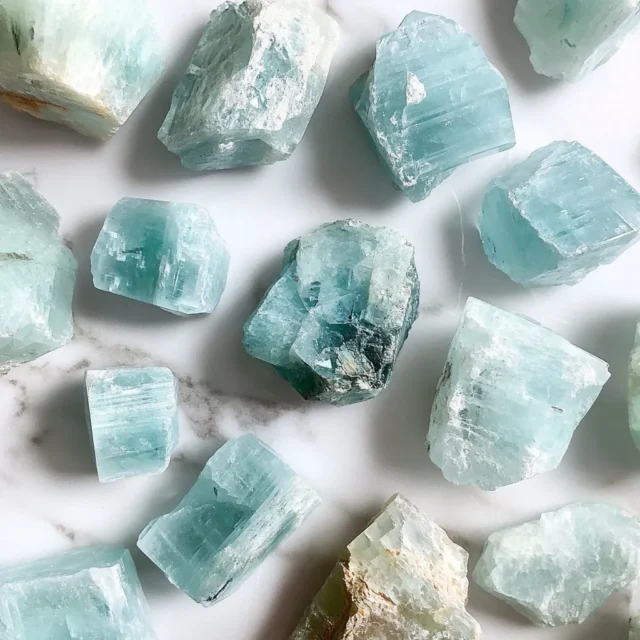
Healing Properties
Aquamarine is the emotional balancer for crystal lovers. It reduces anxiety and regulates super intense emotions—like a deep breath in stone form. If you ever feel overwhelmed or “drowned” by life, consider aquamarine to be your soul’s flotation device.
People often link it to the throat chakra and use it in meditations or position it around the neck area. It is believed to boost self-expression, enhance truth-telling, and help build trust. Despite the lack of scientific evidence to support these claims, numerous users report feeling calmer and more focused when they have aquamarine nearby.
Considering the positive aspects of this trend, the industry now known as the wellness sector offers several advantages:
Even if one is skeptical, engaging with what wellness means to an individual can shed light on something else: the not-so-well part.
Some aspects are salutary, encouraging people to think more about their health.

The Color Energy of Aquamarine Gemstone
Aquamarine is best known for its awe-inspiring ocean-blue color, which can range from the palest sky tones to deep sea greenish-blues. This color isn’t just beautiful; it’s energetically beautiful. In color therapy, blue is linked to communication, peace, and mental clarity. These exercises instruct us to meditate on the color blue, allowing its vibrations to reach us. Aquamarine channels these energies, often described as carrying the gentle power of water.
For me, aquamarine is a stone of serenity, calm, and clarity.
Qualities: calmness and clarity.
Aquamarine is strongly associated with the throat chakra, which is all about clear and confident communication.
This stone can also help with speech, in general, for certain people who are prone to not having smooth speech flows in conversation. This stone significantly aids certain individuals by initially boosting their confidence. And then, if one happens to have a throat chakra blockage/pinch, it may help to open that up, too.

Aquamarine and the Throat Chakra
| Attribute | Description |
|---|---|
| Chakra Association | Throat Chakra |
| Emotional Benefits | Confidence, clarity in communication |
| Physical Placement | Throat or near the neck |
| Supportive Practices | Meditation, wearing as jewelry |
Using aquamarine gemstones
People actually use aquamarine in a variety of ways, both practical and mystical. Most commonly, people wear aquamarine as jewelry. Rings, pendants, bracelets—you name it, aquamarine has been in it, exuding into the clothing of the human form its near-constant energetic soft blue-green bombardment of vibes.
Speakers, singers, and anyone else in a leadership position often favor aquamarine as a go-to stone to help amplify vocal clarity. While no one can say with scientific authority why aquamarine does what it does, it is clear that, across cultures and centuries, it has been doing it with style.
Meditation often involves placing aquamarine on the throat or heart chakra. Some practitioners even keep it on their desks to promote work that is both peaceful and focused. I have also seen it used in moon water rituals and as an insomnia remedy when kept under the pillow. Why not try placing it by your bath or by your water bottle? After all, it is a stone of the water element.

Common Uses of Aquamarine
| Use Case | Purpose |
|---|---|
| Jewelry (rings, pendants) | Energy support, daily wear |
| Meditation | Clarity, calm, throat/heart chakra activation |
| Work & Focus | Peaceful and focused workspace |
| Ritual Use | Moon water, insomnia relief, spiritual practices |
Aquamarine Gemstone Side Effects
Indeed, even gentle crystals such as aquamarine can have side effects—though not as medications do. Energetically, these crystals have the power to awaken suppressed emotions. Beginners in crystal healing sometimes report that they have been having wild dreams or have been sobbing uncontrollably because they have relaxed or meditated with a crystal. Such behavior isn’t harmful, but it can feel powerful.
If you have a high sensitivity to energy, begin to use aquamarine slowly. You might want to start with just a few hours a day. If you find that you’re not having adverse reactions, you can increase your time wearing it. Remember, even if many people use aquamarine with positive results, there’s no guarantee it will be effective for you. If the stone makes you feel tired, unfocused, or just plain weird, consider using another crystal.

Aquamarine Gemstone For the Goddess
Aquamarine has been associated with divine feminine energy for a long time. In ancient Roman mythology, it was linked to Neptune and frequently connected with sea goddesses like Amphitrite. Its gentle but potent essence embodies the archetype of the kind, compassionate woman who nonetheless has a lot of power.
At present, many perceive aquamarine as a representation of the contemporary goddess—one who balances softness and strength. Women who are seeking clear waters in their relationships often choose this gemstone to achieve that clarity.
Some even call aquamarine the “Stone of the Sea Priestess,” making it ideal for intuitive and nurturing practices. Crystal lovers celebrate this gem both for its beauty and energizing properties.
Aquamarine Gemstone Meaning in Talismans and Amulets
Long ago, aquamarine was thought to be the precious loot of mermaids. Sailors held the stone in reverence and used it as a charm. They believed it would keep them safe on their ocean voyages. Texts from the Middle Ages mention aquamarine. They declare it to be an antidote for poisoning and a shield against betrayal. The writers of those ancient tomes insist that aquamarine is a stone for trust and truth.
Today’s amulets hold aquamarine as a symbol of safeguarding one’s feelings while going through emotionally intense times.
Aquamarine is a go-to gift for marking major life transitions like a new job, a new home, or even marriage. When I gave my sister an aquamarine pendant to take with her on her solo trip abroad, she said it was like carrying the calm of home with her.

Questions and Answers
Additional Information on Aquamarine
Aquamarine Stone Price
Aquamarine stone prices are not set and vary widely according to the most basic of parameters—color, clarity, size, and cut. On high-quality pieces, you’re looking at a price of $100 to $500 per carat on average. Very rarely, you’ll encounter aquamarines that are a deep, saturated shade of blue—they might fetch even higher prices. You might also look at rough pieces more often if you are a collector or custom jeweler. For the most part, they’re pretty affordable. Make sure to exercise caution and only purchase from reputable dealers if you decide to purchase one. Treatments can affect the value of a stone—immensely. Pricing, at its core, should be transparent.
Table: Factors Affecting Aquamarine Price
| Factor | Description |
|---|---|
| Color | Deep saturated blue shades are more valuable |
| Clarity | High clarity increases price; inclusions reduce it |
| Size | Larger stones cost more per carat |
| Cut | Precision cuts improve brilliance and price |
| Treatment | Heat-treated or enhanced stones are usually less valuable |
| Seller | Reputable dealers offer better quality assurance |
Aquamarine March Birthstone
The official birthstone for March is aquamarine, a gem that symbolizes clarity, calm, and a kind of youthful beauty. Ancient sailors believed that this sea-colored stone protected them while they were at sea, and it was irrevocably linked with ocean tranquility. That seems to have endowed it with a kind of lasting charm—what better way to celebrate a March birthday than with a stone that feels as if it were plucked from the ocean itself? Aquamarine is believed to bring peace and mental clarity, particularly during times of transition, turbulence, or just plain stress.
Rough Aquamarine
Aquamarine, in its natural uncut state, possesses a rugged kind of beauty. The hexagonal crystal structure of aquamarine, with its clear color zoning, is best appreciated in natural or diffuse light. People often use these raw stones in wire-wrapped jewelry or keep them as specimens. I have had the pleasure of handling both polished and raw aquamarines, and I find the uncut stones much more appealing—chunky, mysterious. It’s as if they’re just waiting to be revealed, their beauty imprisoned in the rock.
Aquamarine Gemstone Color Chart
Colors of aquamarine gemstones range from the lightest blue to the intense, rich, vibrant shades of blue and green. The most prized colors are deep sky blue or Santa Maria blue, named after the famed Brazilian aquamarine mine. Although lighter shades are more common, their icy, ethereal appearance still captivates people. I find that the aquamarine color chart is one of the simplest to understand and yields some of the best surprises as far as price and appearance. Color not only influences value, but it also conveys a narrative.
Table: Common Aquamarine Colors and Traits
| Color Shade | Description | Rarity |
|---|---|---|
| Light Blue | Common and affordable | Common |
| Sky Blue | Bright and airy, medium value | Moderate |
| Santa Maria Blue | Deep, vivid blue, most valuable | Rare |
| Greenish Blue | Earthy tones with marine feel | Moderate |
| Yellowish/Golden | Unusual and collectible | Very Rare |
Topaz vs. Aquamarine
At first glance, blue topaz and aquamarine might look similar, but they are completely unique stones. Aquamarine belongs to the beryl family, while topaz is a silicate mineral. The color of aquamarine is naturally soft and cool-toned, while most blue topaz is heat-treated to achieve its bright blue color. One trick I’ve learned: aquamarine tends to feel more subtle and refined; topaz can appear glassy. Both have their place, but aquamarine’s rarity makes it a true gem.
Real Aquamarine Stone
If you don’t know what to look for, figuring out whether a stone is really aquamarine can be difficult. Real aquamarine almost always has tiny inclusions or natural imperfections. Those are pretty easy to spot if you have a jeweler’s loupe. The refractive index—that’s how much a stone bends light—of genuine aquamarine is also lower than that of aquamarine made in a lab, like the big, beautiful cut stones you see in jewelry stores. The stone should exhibit a bluish tint when illuminated. If it’s more of a bright or vibrant blue than what you might see in a pool, it’s probably not real.
Yellow Aquamarine
Aquamarine’s predominant and most famous hue is blue, but it can also occasionally appear in pale yellow or even golden-green hues. Such variation is rare and not usually seen in any significant way in the mainstream market. But as a niche collector, I can tell you: it’s a rare, refreshing twist. And this medium comes about as close to a “color story” as possible—which, let’s be real, is basically what all of life is. I’ll also note that some compare this shade of aquamarine to heliodor, another beryl.
The largest aquamarine in the world.
The “Dom Pedro” aquamarine is the largest crystal of that type ever found. It weighs over 2 kilograms and stands almost 14 inches (ca. 36 cm) tall, but you’ve got to see it to really appreciate its beauty. The aquamarine, which has a rich blue color not seen in any other aquamarine in the world, is housed at the Smithsonian Institution in Washington, D.C. Bernd Munsteiner, a renowned gem artist, cut the stone, and there is no better testament to the fact that aquamarines, like all beryls, were meant to be carved than what you see in the Dom Pedro.

